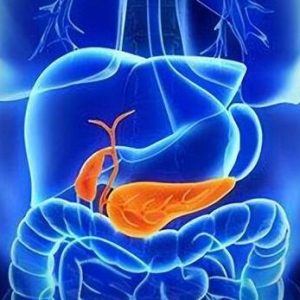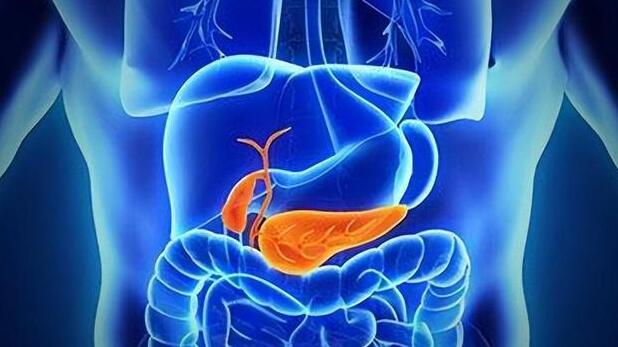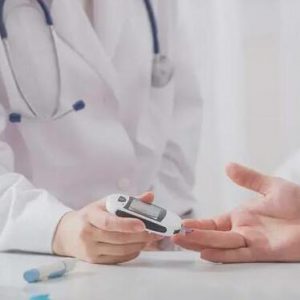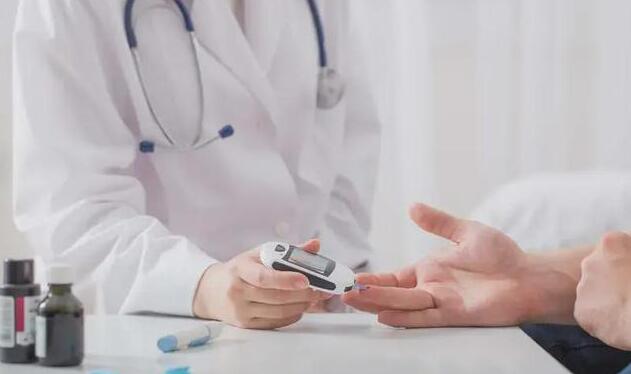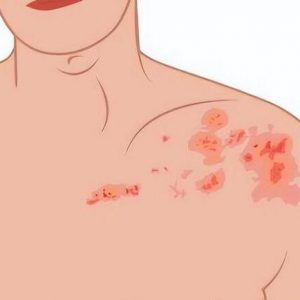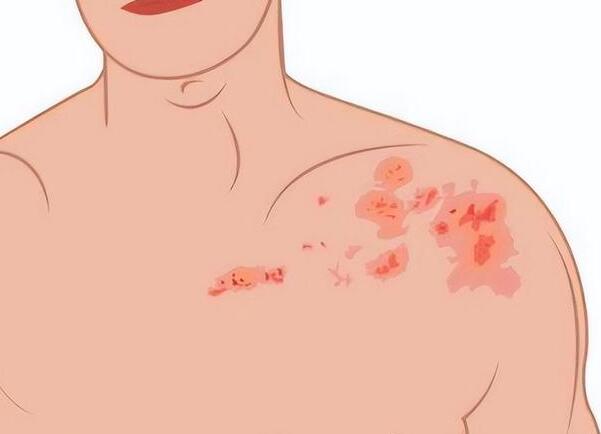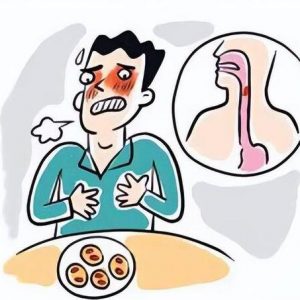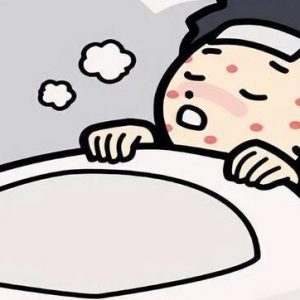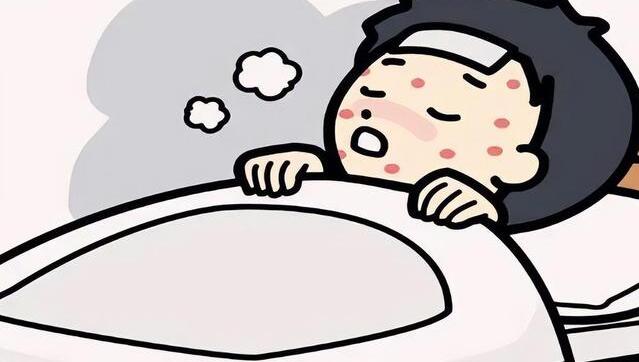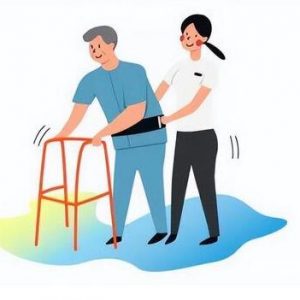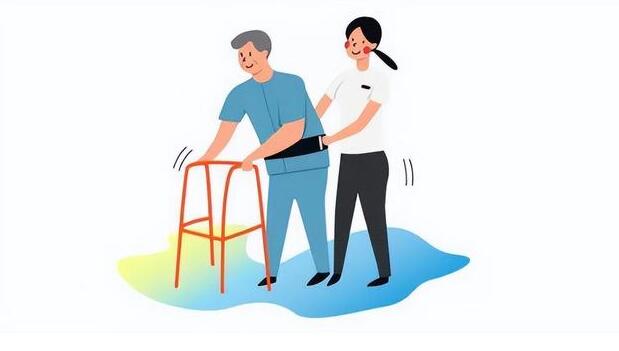The discovery of fatty liver during a physical examination often goes unnoticed by many due to the lack of overt symptoms. This complacency, however, can be detrimental as even mild cases of fatty liver disease can impair liver function. Recent studies have indicated that female patients with fatty liver disease may face greater risks compared to their male counterparts.
A study published in the Journal of Hepatology has revealed that among patients with alcohol-related fatty liver disease, women have a 1.6 times higher mortality risk within a certain period compared to male patients.
In this study, Metabolic and Alcohol-Related Fatty Liver Disease (MetALD) is defined as the consumption of 20-50 grams of alcohol per day (or 140-350 grams per week) for women, and 30-60 grams per day (or 210-420 grams per week) for men, exhibiting characteristics of metabolic dysfunction-associated fatty liver disease.
The study included over 10,000 participants, among whom 1,971 suffered from various types of fatty liver disease. Although the incidence rate of fatty liver disease in men was about twice that of women, over a span of 26.7 years, women exhibited a significantly higher mortality risk.
Compared to individuals without liver disease, female MetALD patients had an 83% higher risk of all-cause mortality than their male counterparts; and when compared to male patients with alcohol-related liver disease, the mortality risk for women was 160% higher.
This disparity is attributed to the lower levels of alcohol dehydrogenase in the stomach lining of women, which results in higher blood ethanol levels in women after consuming the same amount of alcohol. This leads to more intact alcohol reaching the liver, triggering or exacerbating the progression of fatty liver disease.
Additionally, alcohol can weaken the intestinal barrier function, leading to dysbiosis. When this occurs, intestinal bacteria can transfer endotoxins to the liver. Based on body weight, the level and duration of endotoxins in women are higher than in men after consuming corresponding amounts of alcohol.
Dietary Choices Matter for Fatty Liver Patients
For those with fatty liver disease, it is crucial to control calorie intake while maintaining a balanced diet. Here’s how to approach different types of food:
Meat and Eggs
Diets should ideally include a moderate amount of lean meat, eggs, and fish (a total of 150 grams per day), which provide essential nutrients such as high-quality protein, lecithin, and vitamins.
Consume less offal and avoid high-fat, high-cholesterol foods like animal organs, chicken skin, pig brain, etc. Also, limit consumption of meat broth, chicken soup, and fish soup.
Vegetables
Ensure a daily intake of 500 grams of vegetables. The following vegetables are recommended:
Celery contains dietary fiber, vitamins, minerals, etc., which help reduce fat and cholesterol.
Kelp is rich in taurine, which can lower cholesterol in bile.
Tomatoes have a beneficial health effect on fatty liver and can be eaten raw or cooked.
Onions not only have antibacterial properties but also help regulate blood lipids.
Garlic helps reduce cholesterol in the blood and prevent thrombosis.
Main Foods
Strictly control the intake of staple foods, up to a maximum of half a kilogram per day, especially reducing the proportion of refined grains such as white rice, white porridge, white bread, etc.
Consume more coarse grains, which contain more minerals, vitamins, and dietary fiber. For example, oats are rich in linoleic acid and saponins, helping to reduce serum cholesterol and triglycerides.
Fruits
Fruits contain a wealth of minerals and vitamins, as well as various beneficial active substances. It is recommended to consume 200-350 grams of fruit daily.
Citrus fruits are rich in vitamins and aid in fat metabolism, increasing the liver’s metabolic detoxification rate. Fatty liver patients can consume them regularly. High-calorie and high-sugar fruits should be consumed in moderation, such as durian, sugarcane, raisins, etc.
Beverages
Soy products like soy milk are low in energy and are recommended to be consumed at least once a day; milk contains more calcium, which can inhibit the activity of cholesterol synthase in the human body, and it is advisable to choose low-fat milk.
Sugars in drinks and various sweets can easily be converted into fat in the liver and should be avoided as much as possible. It is best not to drink alcohol.
Fats
Eat less or avoid high-fat content foods such as fried foods. Animal fats like lard, butter, cream, etc., which are high in saturated fatty acids, should be avoided, and daily vegetable oil intake should be 20-25 grams.
Starting with the Details to Detoxify the Liver
The clinical manifestations of fatty liver are diverse, with mild fatty liver often showing no clinical symptoms and usually discovered incidentally during physical examinations.
Fatigue is the most common symptom reported by patients with fatty liver. Moderate to severe fatty liver can present similarly to chronic hepatitis, with symptoms such as loss of appetite, fatigue, nausea, vomiting, and vague pain in the liver area or upper right abdomen. Unhealthy lifestyle habits are the main risk factors leading to fatty liver, and making a few changes in life can help detoxify the liver.
Reject All Alcohol
Resolutely avoid all alcoholic beverages. With a damaged liver, alcohol cannot be fully broken down and remains in the body over time, accelerating the progression of fatty liver. Women, especially those with a family history or related risk factors, need to be particularly strict with their alcohol intake.
Gradually Control Weight
Overweight or obese patients with fatty liver should focus on weight loss. A study published in the journal Gastroenterology showed that if weight is reduced by more than 5%, symptoms improve in 58% of patients with fatty liver. It is recommended to lose 0.5-1 kilogram per week and reduce body weight by more than 5% within a year until a healthy weight is achieved.
Create a Caloric Deficit
Ensure a balanced intake of fats, proteins, vitamins, and trace elements, with a daily energy intake in negative balance by 500-1000 kilocalories to create a caloric deficit. The Mediterranean diet can help reduce liver fat content, with increased consumption of vegetables, fruits, fish, whole grains, beans, and olive oil.
Maintain Regular Exercise
Regular exercise, such as aerobic, resistance, and flexibility training, can help reduce intrahepatic lipids and improve liver function.
It is recommended to engage in aerobic exercise for more than 30 minutes but not exceeding one hour each time, at least five times a week, with a maximum heart rate during exercise of (170 – age) beats per minute. Options include swimming, jogging, cycling, brisk walking, dancing, etc.
For those with poor cardiopulmonary function or who are intolerant to aerobic exercise, resistance training can be chosen, performing light to moderate resistance muscle training 2-3 times a week, such as lifting dumbbells, push-ups, resistance band training, etc.
